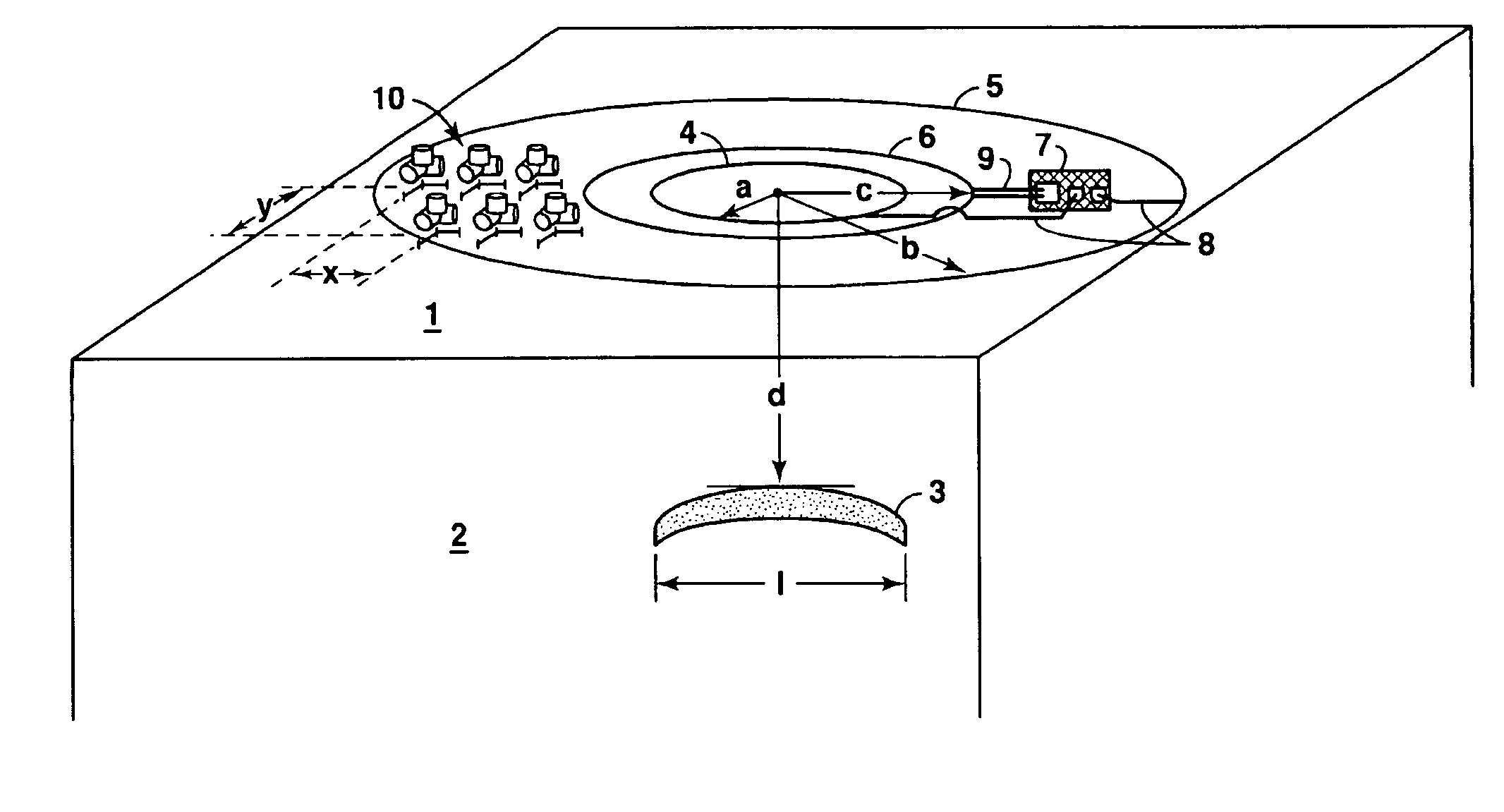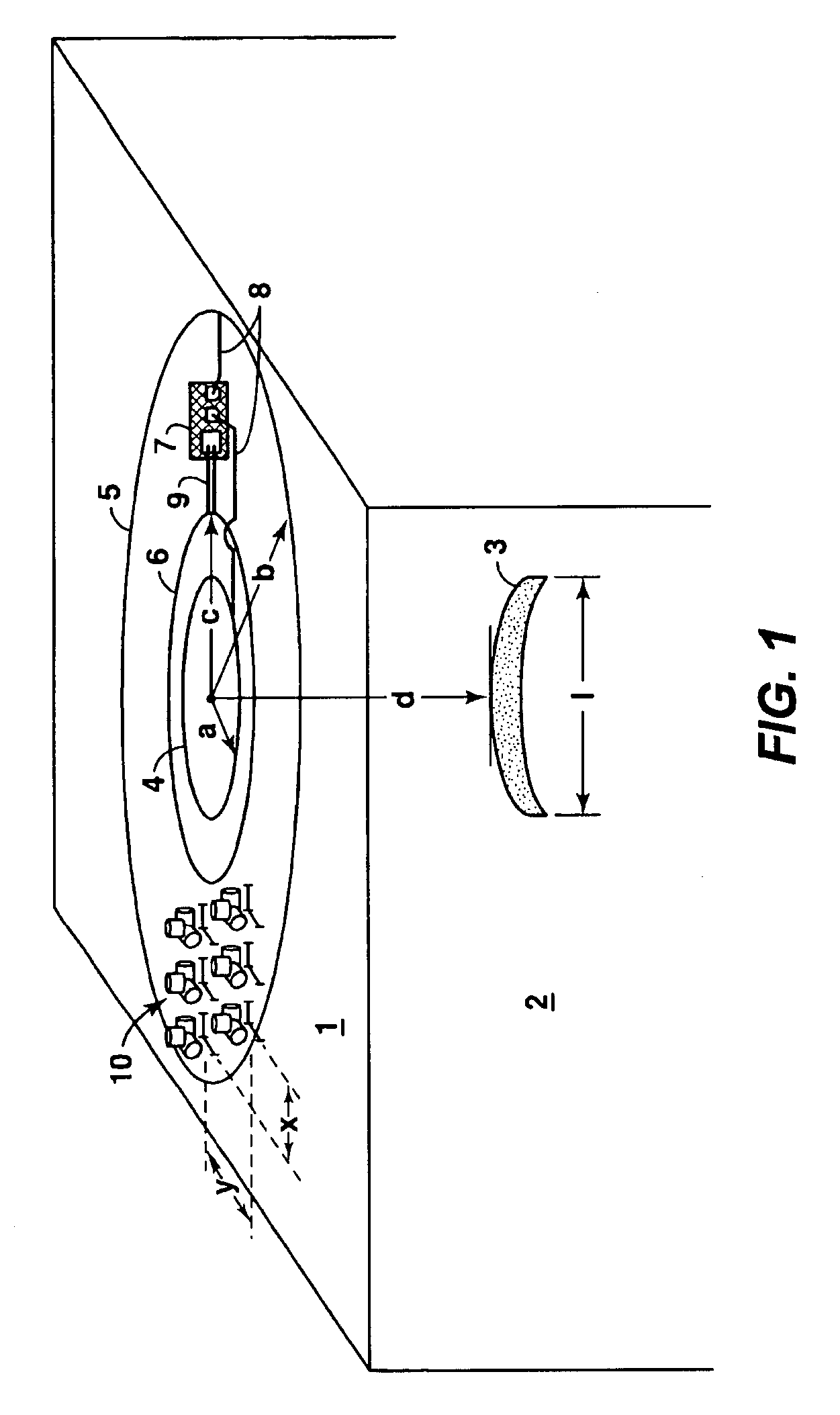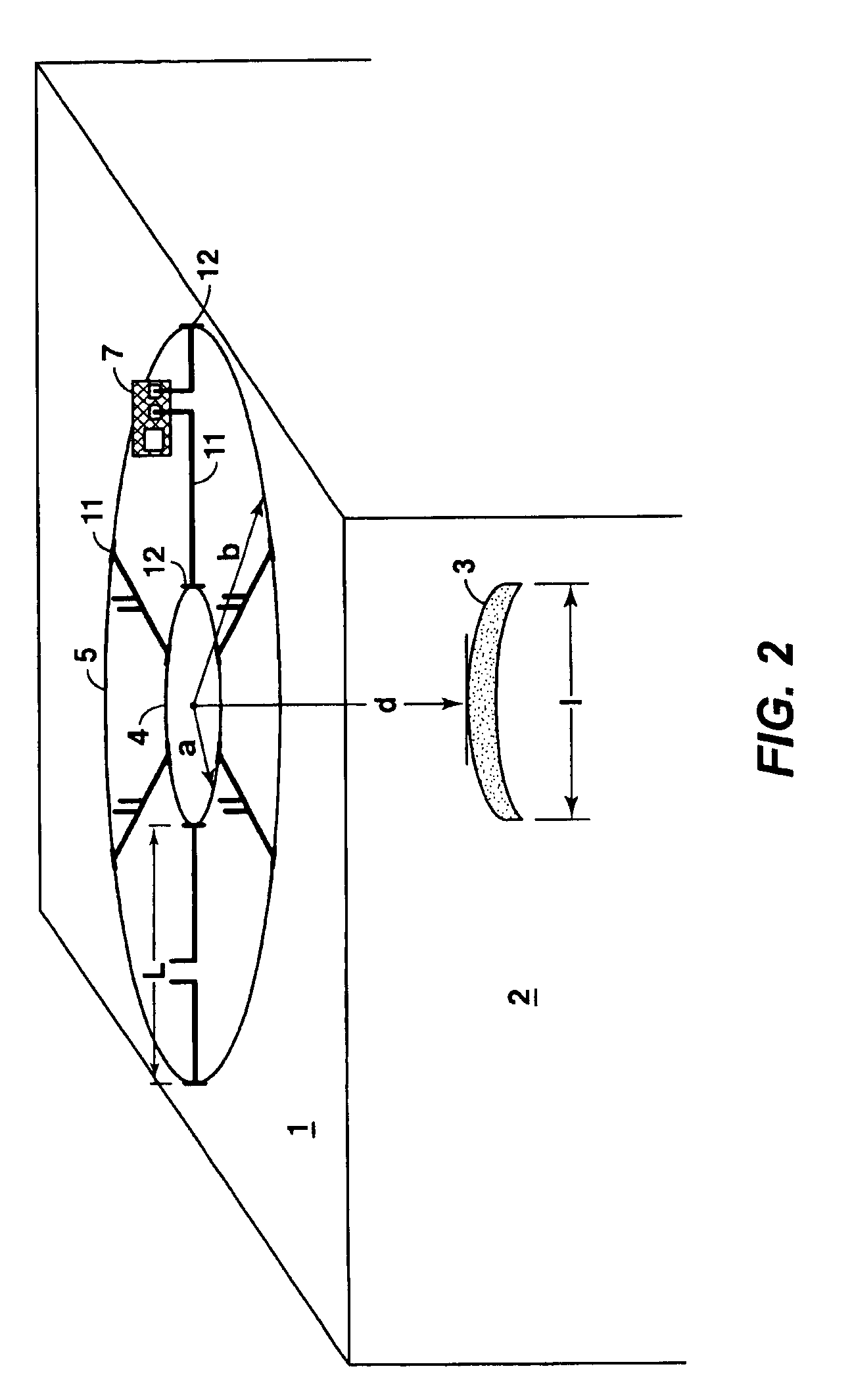Remote reservoir resistivity mapping
a reservoir resistivity and remote technology, applied in the field of geophysical prospecting, can solve the problems of obscuring dhi and avo signatures, unable to detect seismicity, and unable to achieve remote mapping and analysis of hydrocarbon reservoirs at depth,
- Summary
- Abstract
- Description
- Claims
- Application Information
AI Technical Summary
Problems solved by technology
Method used
Image
Examples
Embodiment Construction
[0032]The invention is a method whereby the average vertical and horizontal formation resistivities of a hydrocarbon reservoir are remotely mapped from the land surface or the seafloor, using low-frequency electromagnetic waves constrained by seismic depth imaging and other a priori information about the subsurface. The invention overcomes the electromagnetic low vertical resolution problem by a combination of data acquisition and processing steps that are targeted at mapping the resistivity of a previously located or prospective reservoir.
[0033]One embodiment of the layout of the apparatus used in the invention is shown in FIG. 1. In general, the invention uses the following four features that are synergistic in their combination: (1) a high-current multi-mode optimized electromagnetic source, (2) a multi-component receiver array, (3) 3-D wave-equation data processing, and (4) reservoir properties estimation and mapping. These four features will be described in turn.
[0034]In this e...
PUM
 Login to View More
Login to View More Abstract
Description
Claims
Application Information
 Login to View More
Login to View More - R&D
- Intellectual Property
- Life Sciences
- Materials
- Tech Scout
- Unparalleled Data Quality
- Higher Quality Content
- 60% Fewer Hallucinations
Browse by: Latest US Patents, China's latest patents, Technical Efficacy Thesaurus, Application Domain, Technology Topic, Popular Technical Reports.
© 2025 PatSnap. All rights reserved.Legal|Privacy policy|Modern Slavery Act Transparency Statement|Sitemap|About US| Contact US: help@patsnap.com



